When we talk about Saas, PaaS and Iaas we are referring to Cloud Computing Services (building, creating, and storing data over the cloud), one of the key trends in the digital transformation of companies.
Organizations currently opt for this type of pay-per-use services because they imply a reduction in investment in the IT infrastructure and subsequent maintenance. Besides, it also offers some other advantages such as:
- Security in terms of infrastructure.
- All IT resources in the same provider.
- Free and agile contracting of services.
- I pay for what I use.
- Better hardware without initial investment costs.
- Improve time-to-market.
- Productivity increase
- Economically test new business models.
Understanding the differences between the 3 most common types of deployment models for cloud services and the business model is what will allow your organization to choose the best option.
SaaS
Its acronym stands for "Software as a service". With SaaS, the cloud can use third-party software applications and shows them to end users as a service without having to worry about how the infrastructure or even how the underlying software is maintained because the vendor handles the configuration of the hardware and software needed.
SaaS makes software available over the internet and it makes the connection through the web or an API.
SaaS examples
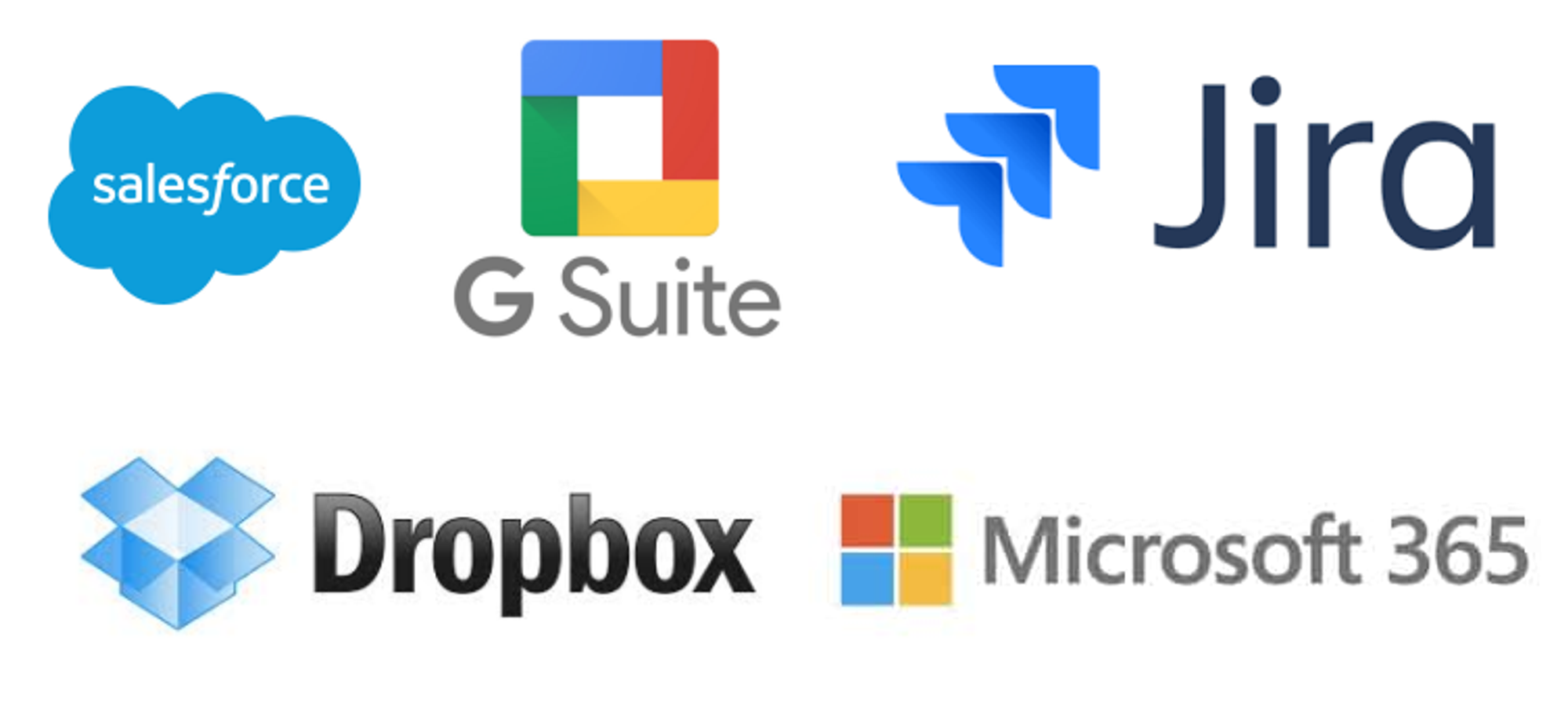
SaaS Pros and Cons
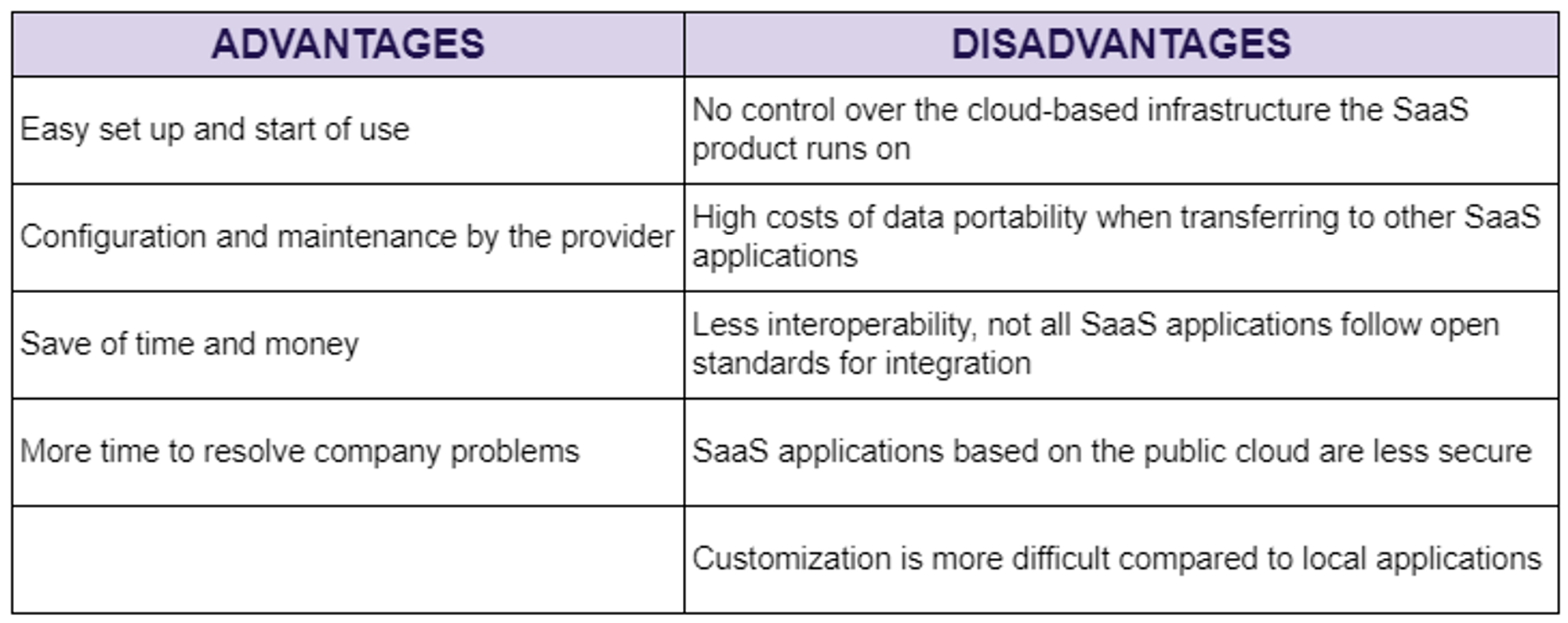
When to choose SaaS?
- When the company that is going to use the SaaS product is a startup that does not have enough time to manage software.
- When you don't want to worry about server configurations and software updates.
- When applications that are accessible from the web and mobile are required.
- When the use of the application is going to be temporary.
- Applications with variable demand.
PaaS
PaaS stands for "Platform as a service". PaaS provides runtime environments and deployment tools for implementing applications and the structure to install and access them from the network. It offers a higher level of service, as it facilitates the management and exchange of information between applications.
With PaaS, companies pay to use a platform on which to develop, manage, distribute and test applications, while developers can work without worrying about software updates, operating systems, storage, or other infrastructure-related details.
PaaS examples
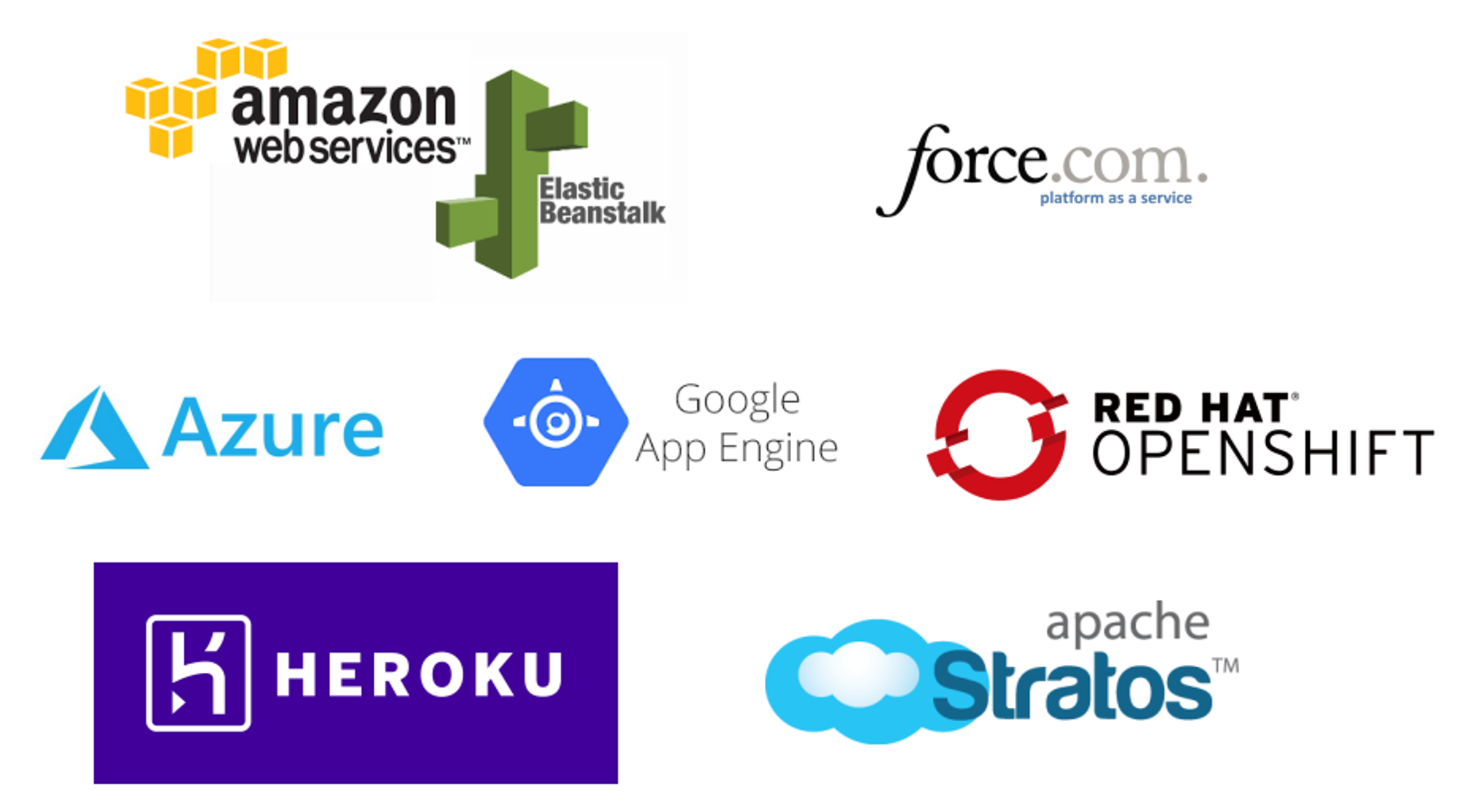
PaaS Pros and Cons
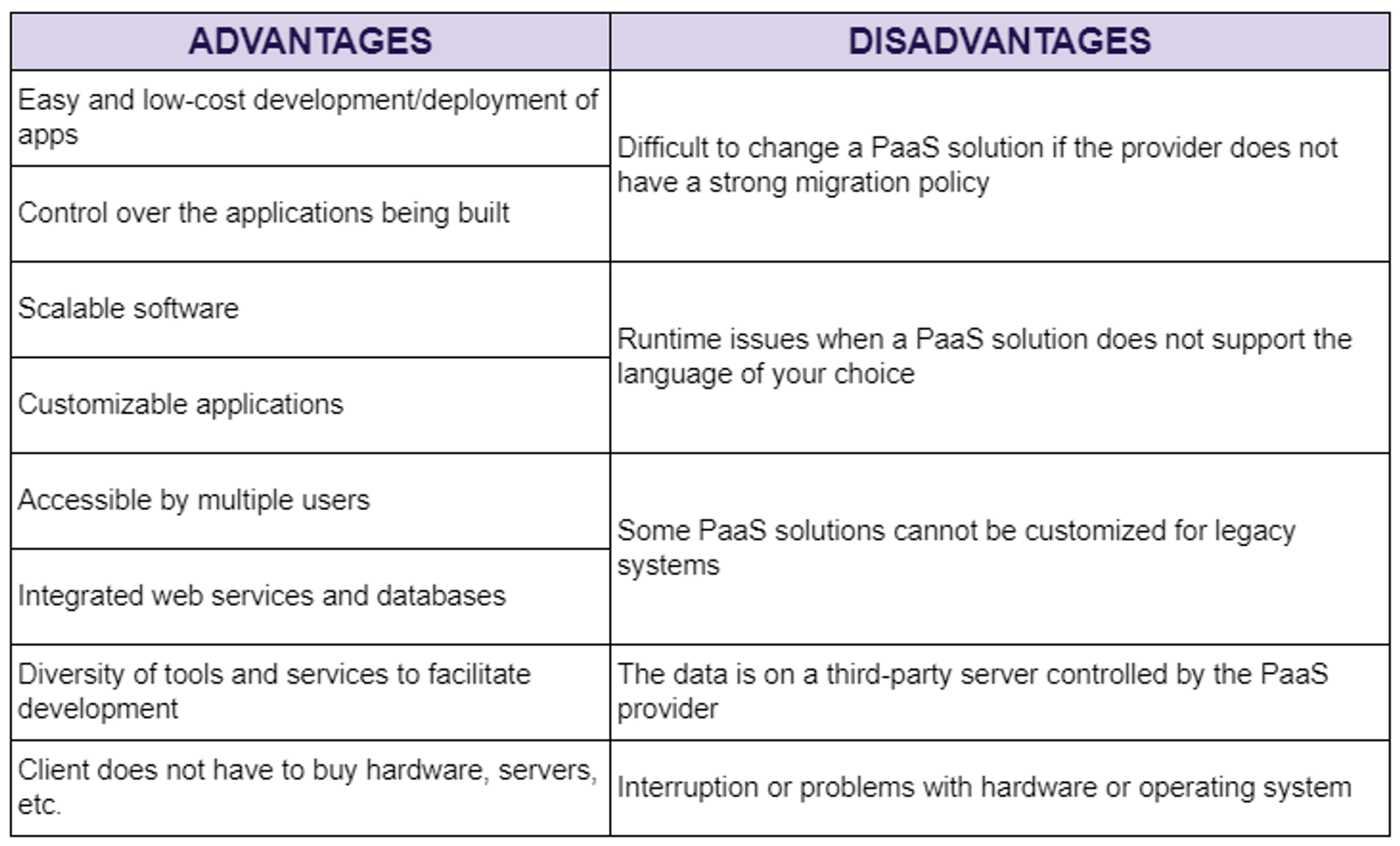
When to choose PaaS?
- When you want to streamline development and deployment flows.
- When several developers are working on the development or when external parties are involved in the development process.
- When you want to develop customized applications with scalability.
- When the company wants to reduce its time and money costs.
IaaS
IaaS stands for "Infrastructure as a Service" and is the lowest layer of cloud computing, i.e. the one closest to the hardware. It provides an infrastructure service where your company will pay only for the usage, and it is unnecessary to have the physical infrastructure to maintain all the data. IaaS is an outsourced “virtual data center” in the cloud.
This service provides resources such as physical and virtual machines, basic storage (disk space) and computing capabilities. It also provides access to load balancers, software, virtual machine disk storage, and virtual local area networks (VLANs).
Users have access to these resources through server virtualization.
IaaS examples
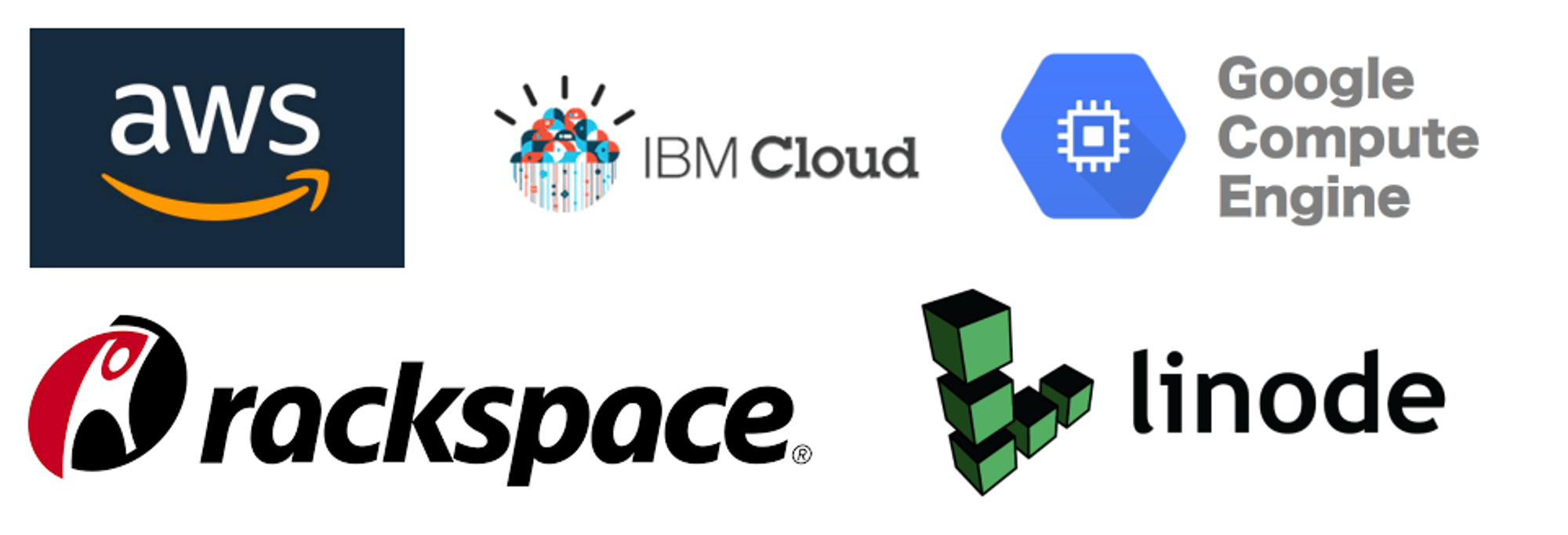
IaaS Pros and Cons
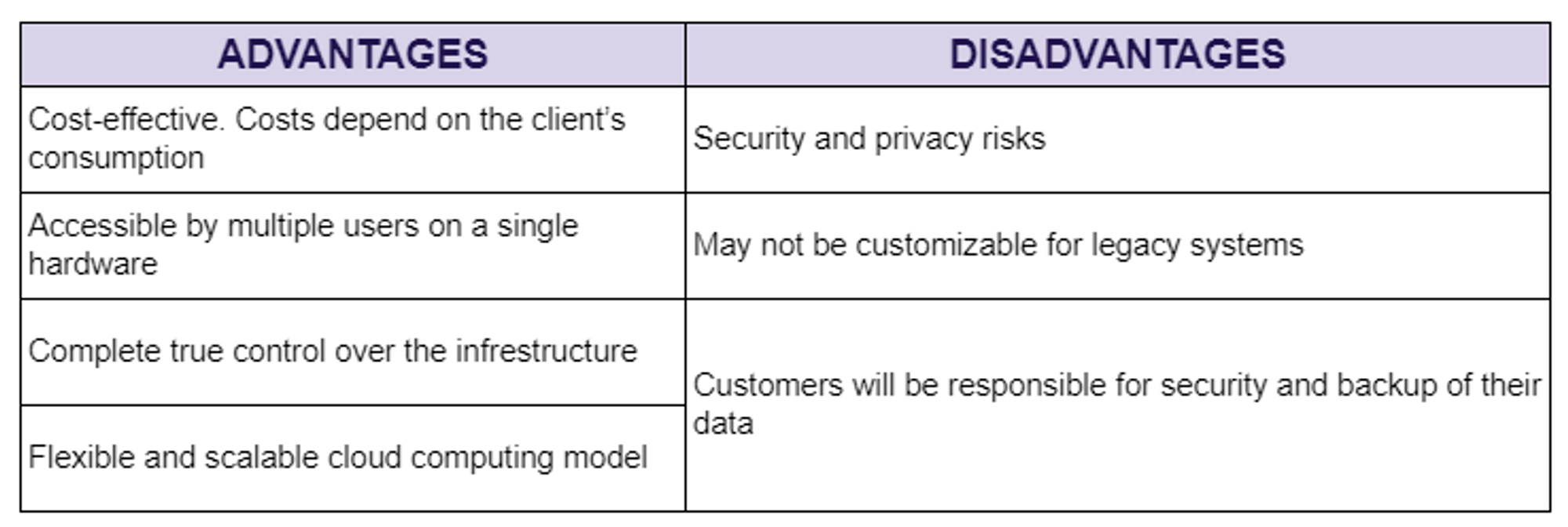
When to choose IaaS?
- For startups looking to buy and/or build hardware and software while saving money and time.
- For growing companies whose applications evolve and need to change their specific hardware and software resources according to their needs.
- For organizations that need total control over their high-performance applications.
Final thoughts:
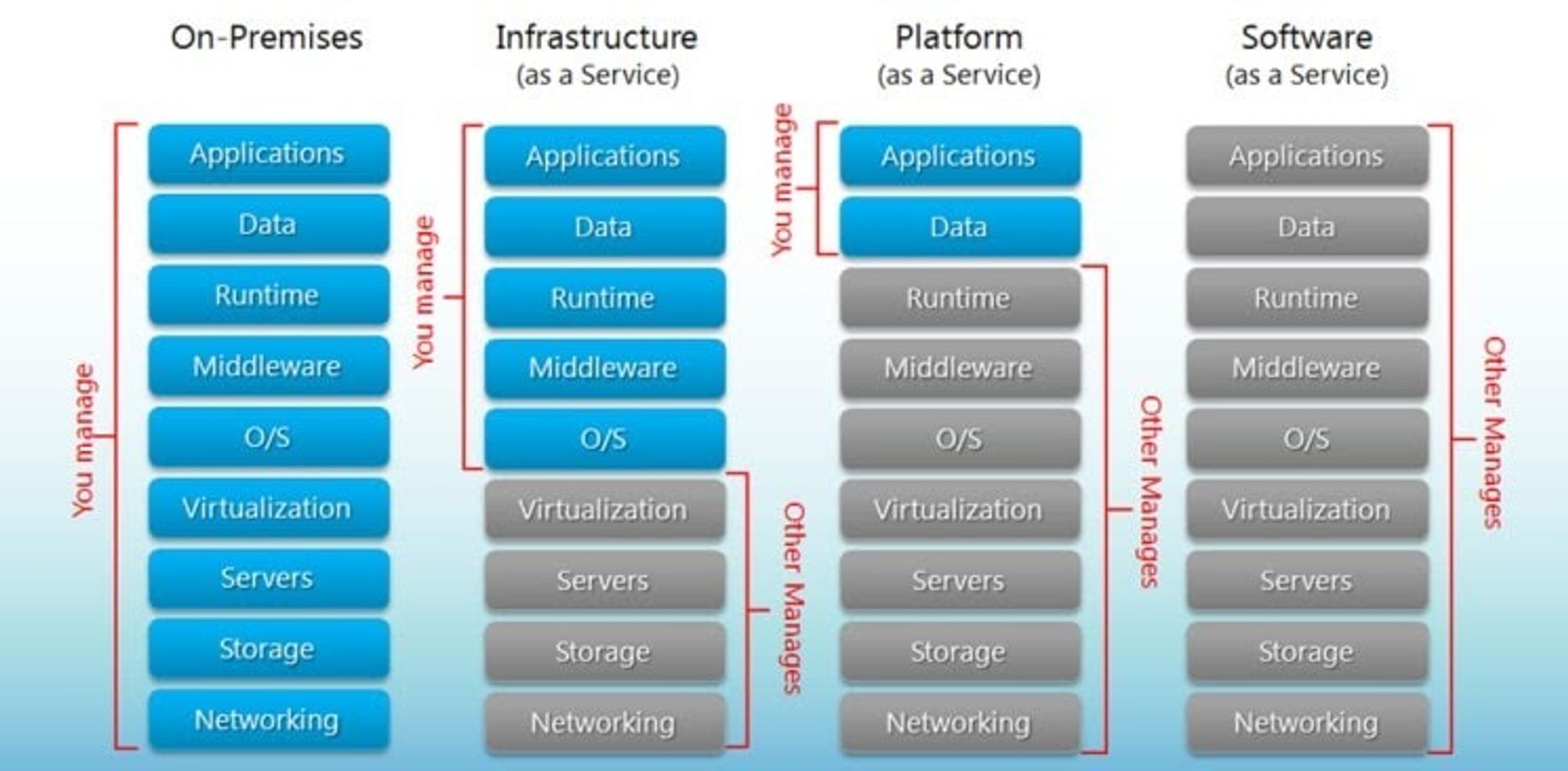
Source: Big Commerce
The best option between IaaS, PaaS and SaaS will always be the one that best suits the needs of the business and the abilities that we have to generate a part of the services by ourselves since depending on the choice we make, we exclude the provider from some responsibilities or others.
Summarizing what we have seen in this blog, we can say that IaaS provides access to resources such as virtual machines and virtual storage, while PaaS provides execution environments, development and deployment tools for applications and SaaS provides software as a service for end users.
And talking about the end customer, consider that IaaS is aimed for SysAdmins and Network Architects (Migrate to IT), PaaS is aimed at Application Developers (Build on IT) while SaaS is for End Users (Consume IT).
Finally, do not forget that:
IaaS:
- More control
- More security
- More scalability
- Less value to the end user
- Less abstraction
PaaS:
Is a middle ground
SaaS:
- Less control
- Less Security
- Less scalability
- More value to the end user
- More abstraction

